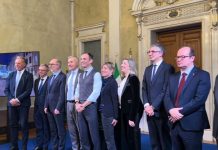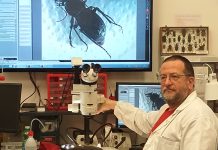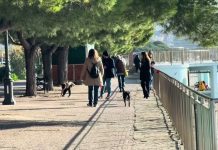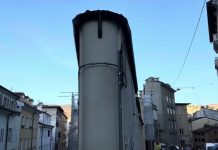by InTrieste
Interview: University of Trieste Rector Roberto Di Lenarda
This fall, the University of Trieste will open its doors to hundreds of aspiring doctors under a radically different admissions system—one that removes the long-standing barrier of Italy’s national entrance exam for medical school.
Approximately 700 students have enrolled in Trieste’s medicine program under a new policy introduced by University and Research Minister Anna Maria Bernini. The reform, approved by Parliament earlier this year, replaces the highly selective entrance test with an open-access first semester. The aim: to broaden access to medical education while deferring selection to later in the academic year.
Gone is the single high-stakes exam that determined who could begin a career in medicine. Instead, students will take foundational courses in chemistry, physics, and biology—each worth six academic credits—and face a standardized national exam in November and December to determine who advances. The tests will include a mix of multiple-choice and short-answer questions, and will be identical across all participating universities.
At Trieste, administrators are working to prepare for the transition while navigating concerns over logistics and legal ambiguity.
“We will offer all the lessons in person because we are strongly convinced this is the only way to form students, particularly in the field of medicine,” said Rector Roberto Di Lenarda in an interview. “We are making every effort to reduce the side effects of this new system.”
The university expects challenges, including the risk of overcrowded classrooms and potential appeals from students who fail to progress. Yet Di Lenarda emphasized that the institution remains committed to academic rigor, even amid uncertainty. “We hope that this new system will not bring too many legal controversies,” he said. “We will do everything we can to help our students overcome the difficulties.”
Nationwide, over 64,000 students have enrolled in medical faculties under the new model, including more than 54,000 in Medicine and Surgery programs. While the full impact of the reform will take time to assess, institutions like Trieste are already feeling its effects—and setting the tone for a new era in Italian medical education.






























